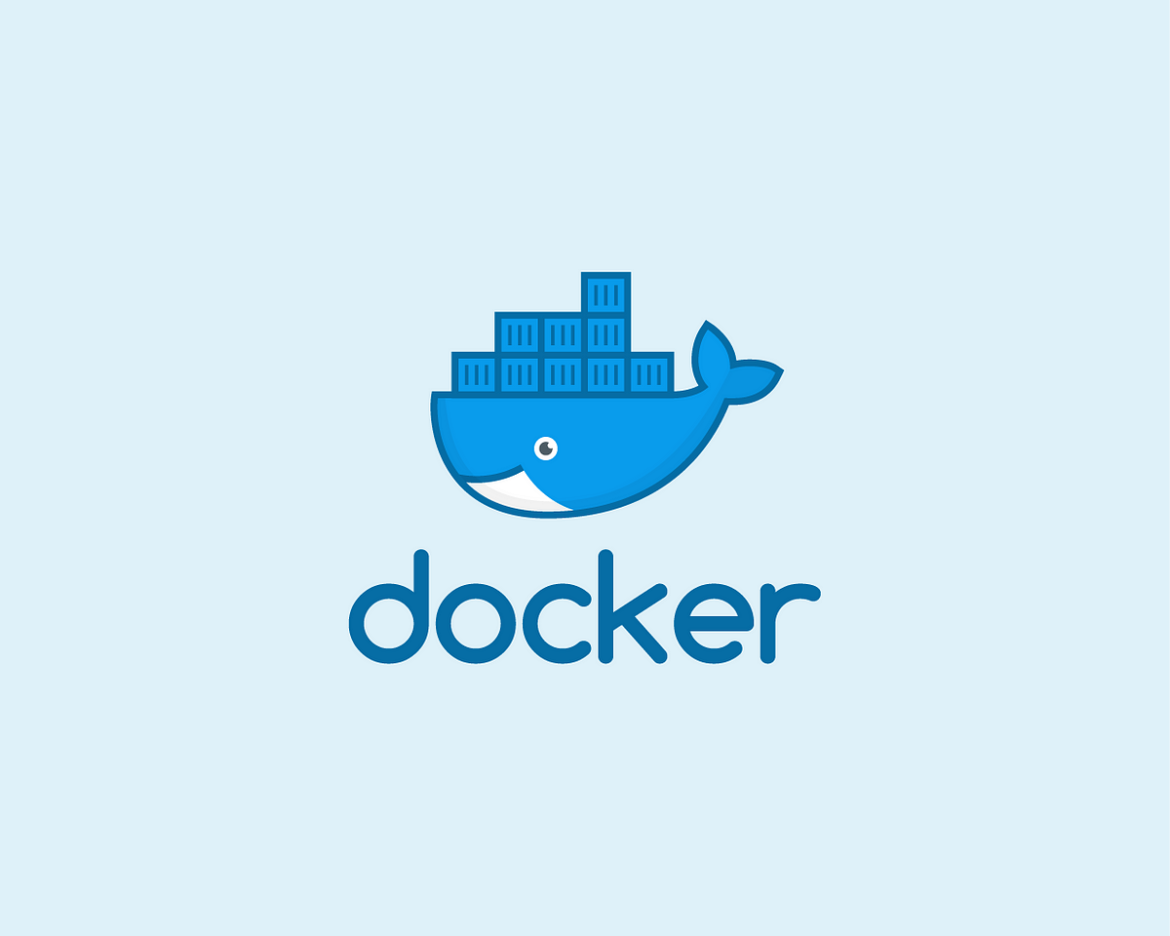581
Docker is known for its incredible speed primarily due to its underlying architecture and key design principles. Let’s explore the reasons behind Docker’s speed and the logic behind its performance.
- Containerization: Docker utilizes containerization technology, allowing applications to run in isolated environments called containers. Containers are lightweight and provide consistent and reproducible execution environments, resulting in faster startup times and reduced resource overhead compared to virtual machines (VMs).
- Layered File System: Docker employs a Copy-on-Write (CoW) file system that uses a layered approach. Docker images consist of multiple layers representing changes to a base image. These read-only layers are stacked, and during container startup, a writable layer is created on top. This approach optimizes storage and facilitates fast container creation.
- Image Caching: Docker implements a caching mechanism for container images. When pulling an image, Docker checks if it exists locally and uses the cached version, eliminating the need to download it again. This caching mechanism speeds up image retrieval, particularly for shared base images and automated build processes.
- Incremental Builds: Docker enables incremental builds by leveraging the layered file system. It analyzes the Dockerfile and only rebuilds the necessary layers when changes occur. This approach saves time by skipping the rebuilding of unchanged layers, resulting in faster image builds.
- Resource Efficiency: Docker optimizes resource utilization by dynamically allocating resources to containers based on their requirements. It utilizes control groups (cgroups) and namespaces to isolate and limit resource usage, ensuring efficient utilization and avoiding resource contention.
- Networking Efficiency: Docker provides its own networking system, facilitating efficient communication between containers and the outside world. It uses virtual network interfaces and IP address mapping, minimizing network overhead and enhancing performance.
- Ecosystem and Community: Docker has a vast ecosystem and an active community that contributes to its development and optimization. The community-driven nature of Docker has led to continuous performance enhancements, bug fixes, and optimizations, further improving its speed and efficiency.
By combining containerization, layered file system, image caching, incremental builds, resource efficiency, networking optimizations, and community contributions, Docker has established itself as a platform known for its incredible speed in deploying and executing applications.
